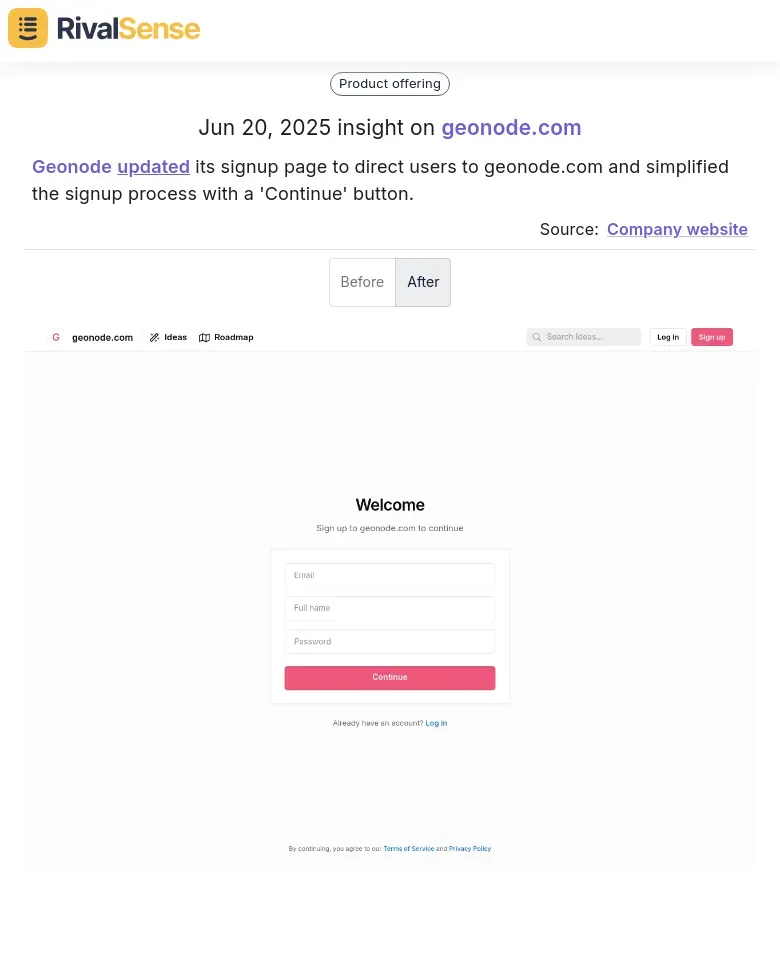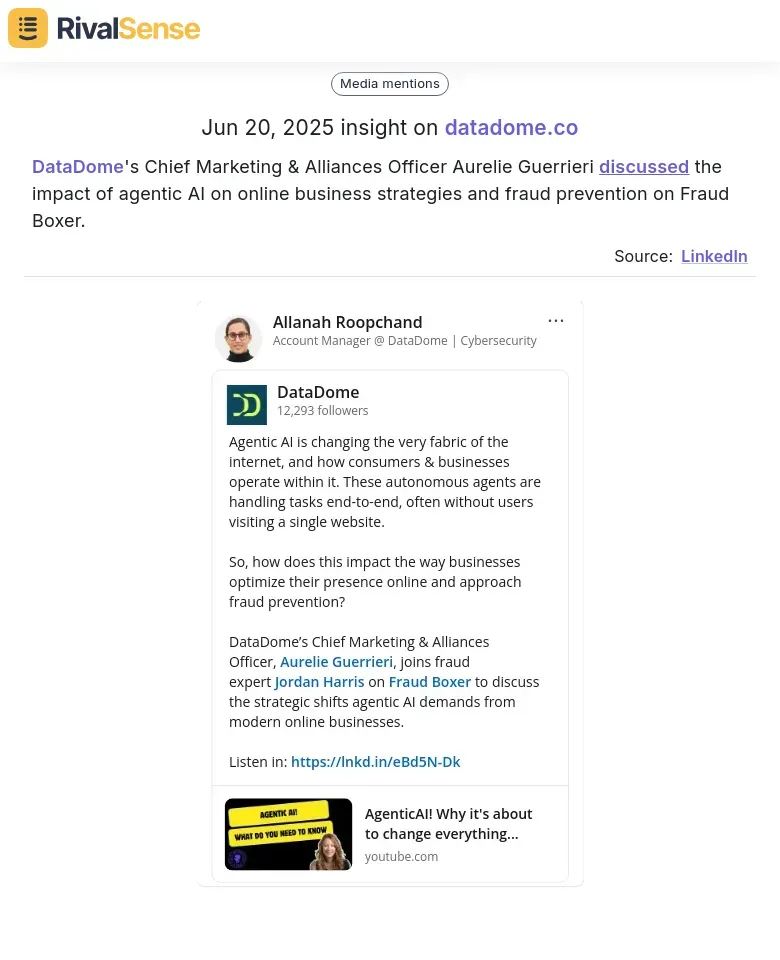Competitor Intelligence in AR/VR Training: Tracking Strategic Moves Beyond Press Releases
AR/VR training is revolutionizing employee development across industries, creating immersive learning experiences that boost retention and reduce operational risks. As this market grows, tracking competitor activities becomes essential for maintaining strategic advantage. While press releases offer valuable insights, comprehensive monitoring should encompass product updates, pricing shifts, and executive thought leadership to reveal full competitive landscapes. This case study explores how holistic tracking informs business strategy, with practical frameworks for identifying market gaps and differentiation opportunities in your AR/VR training offerings.
Methodology: Tracking Competitor Activities
Effective competitor intelligence requires systematic monitoring across multiple channels beyond press releases. Modern tools automate data collection from websites, pricing pages, social media, and industry publications. Focus on tracking direct competitors with significant market share or rapid innovation cycles using tools like Google Alerts and specialized platforms.
Actionable Framework:
- 🎯 Select tracking sources: Prioritize company blogs, pricing pages, LinkedIn, and event announcements
- ⏱️ Establish monitoring frequency: Daily for social media, weekly for comprehensive updates
- 📊 Analyze patterns: Use dashboards to visualize feature releases, pricing trends, and partnership timelines
Example Insight: RivalSense detected Geonode's signup page optimization redirecting users to geonode.com with simplified onboarding. Such UX changes directly impact conversion rates - critical for benchmarking your customer acquisition funnel.

Case Study: AR/VR Market Dynamics
Leading players like Xreal and Excurio drive innovation through AI-integrated training modules targeting manufacturing and aviation sectors. Current trends show 78% adoption growth in risk-free skill development programs, with Boeing and Delta serving as implementation benchmarks. The VR market's projected expansion from $43.58B to $382.87B by 2033 signals massive opportunity.
Implementation Checklist:
- ✅ Pilot cost-effective XR solutions for high-risk training scenarios
- ✅ Form partnerships with hardware providers for scalable deployment
- ✅ Measure ROI through reduced onboarding time and error rates
Strategic Insights for Businesses
Competitor activities reveal untapped market opportunities and emerging threats. Regular monitoring uncovers patterns like feature gaps or underserved industries - for instance, healthcare VR training growing 200% faster than retail applications. Analyze how competitors position their offerings: Are they emphasizing cost savings, compliance, or skill mastery?
Response Framework:
| Competitor Action | Strategic Response |
|---|---|
| New feature launch | Highlight your unique IP or superior integration |
| Partnership announcement | Develop alliances with complementary platforms |
| Pricing reduction | Emphasize value-add services rather than matching prices |
Challenges and Limitations
Information overload and superficial data remain key obstacles in competitor intelligence. Press releases often omit implementation challenges while social media exaggerates successes. Combat this by triangulating data sources: combine official announcements with customer reviews and employee feedback.
Mitigation Tactics:
- 🔍 Use AI filters to surface relevant updates (e.g., "AR training modules" + "manufacturing")
- 📈 Cross-reference claims with G2 reviews and Gartner reports
- 🕵️♂️ Monitor patent filings for true R&D directions
Beyond Press Releases: Critical Tracking Areas
Comprehensive competitive intelligence examines three underutilized data sources that directly impact revenue and positioning:
1. Pricing Strategy Shifts

ScrapingBee reduced Google Search API costs from 25 to 15 credits per call
Strategic Value: Pricing changes signal market positioning shifts. Early detection allows for proactive retention campaigns or value reinforcement before customer churn.
2. Executive Thought Leadership

DataDome's CMO discussed agentic AI impacts on fraud prevention
Strategic Value: Executive commentary reveals technology roadmaps and partnership intentions, helping anticipate market pivots 6-12 months ahead.
Conclusion and Future Outlook
AR/VR training competition will intensify with AI-driven personalization and metaverse integration becoming standard. Businesses must evolve beyond periodic press release scanning to continuous, automated competitor monitoring. Implement these actionable steps:
- Automate tracking: Use tools that consolidate website changes, pricing updates, and leadership activities
- Benchmark quarterly: Compare feature sets and implementation case studies
- Prioritize gaps: Allocate R&D resources to underserved applications
Transform your competitive intelligence today:
Try RivalSense Free to automatically track product changes, pricing shifts, and strategic moves - get your first competitor report today!
📚 Read more
👉 How IPRoyal's Pricing Shift Spurred Competitor Strategy
👉 Strategic Competitor Insights: Internet-Based Comparative Analysis
👉 5 Actionable Strategies to Outshine Competitor Branding in Auto Glass
👉 Beginner’s Guide to Regulatory Competitor Insights and Website Teardowns
👉 SIXT's Promotion Extension: Turning Competitor Moves into Strategic Insights
